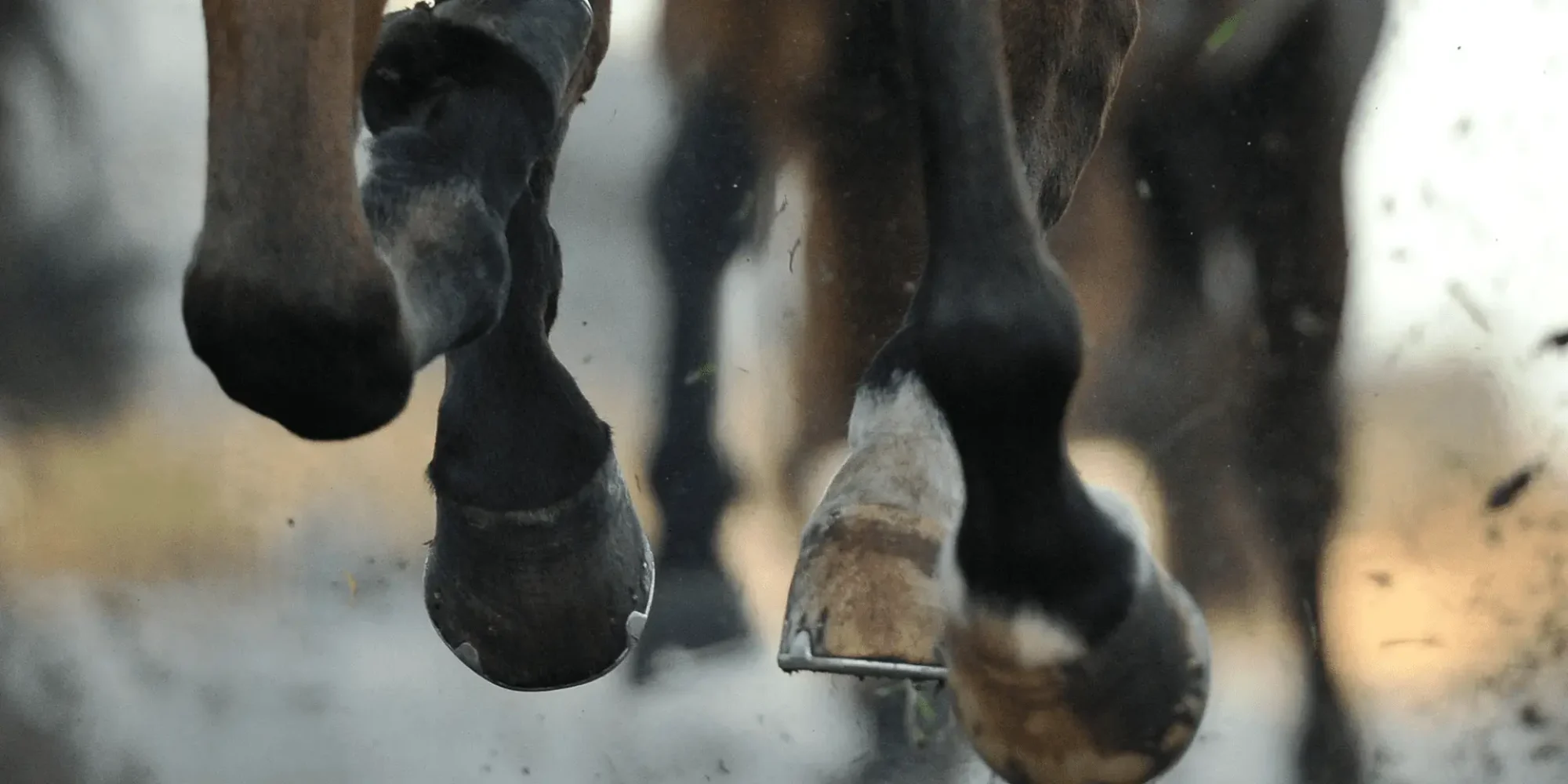The hoof sole and the frog are located on the underside of the hoof, the tread – they both touch the ground.
A common misconception is that the frog must not touch the ground. The opposite is true, it must touch the ground, otherwise the hoof lacks its natural suspension.
If the frog smells rotten and you find black discharge, this is an indication of thrush.
Thrush is caused by the so-called Fusobacterium necrophorum, the fusobacteria. These bacteria multiply in a warm and humid environment and penetrate the frog horn of the hoof, where they decompose the horn. Attention! Thrush can not only affect the frog, but can also spread over the entire hoof.
Other triggers of a foul smell or black discharge can be nutrient deficiency, damp soil or other bacteria that continue to spread in the hoof.
If the hoof ulcerates or there is other liquid discharge, it may be that the hoof is wounded or there is an abscess in the hoof. Other hoof diseases can also be triggers.
Atrophy is painful for your horse. Therefore, it is important that you have the hoof examined immediately for possible causes such as damage from thrush, forced hoof or other diseases.
If you find a cauliflower-like growth on the horse’s hoof, this is a common sign of hoof cancer. Veterinary treatment is then essential.
Save this chart with all the symptoms and always keep track of your horse’s hoof health:










